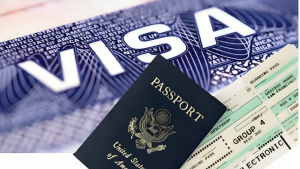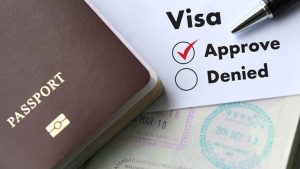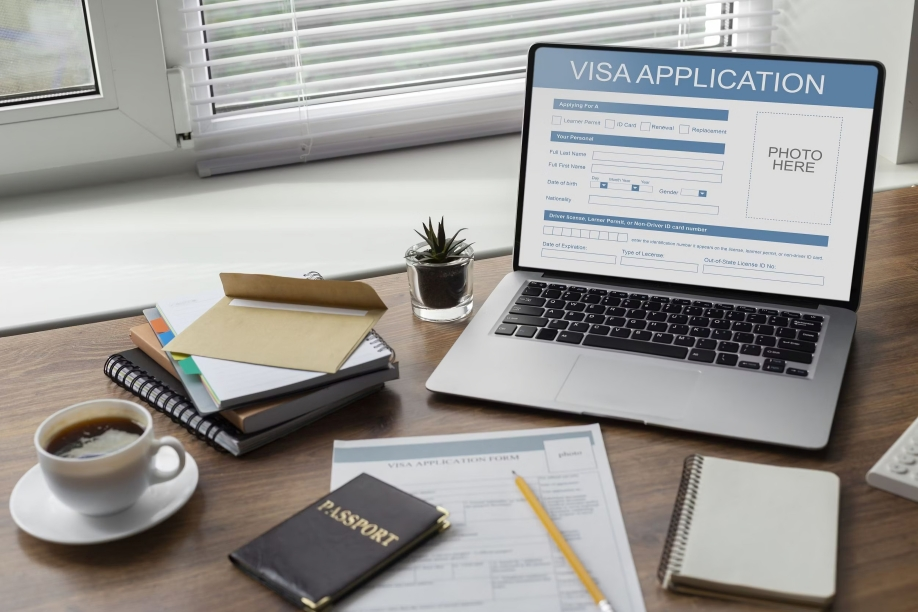With the era of global travel smooth, applying for a visa online is the start to visiting any other country. Whether you’re going for a holiday, a conference, studying, or moving for a job, it’s important to know how to apply for a visa online. Luckily, the majority of countries have launched e-visa websites, and it’s easier and faster. In this article, here we will guide you through all you need to know before applying for a visa online.
Familiarization of the Online Visa (e-Visa) System
An e-visa, or electronic visa, is an electronic alternative to the paper visa. Rather than filling out a paper application at an embassy or consulate, visitors can do it on the internet. After being approved, the visa is either sent by email to the applicant or attached electronically to their passport.
This procedure is time-saving and enables tourists to apply in the comfort of their homes. Nevertheless, not every nation provides e-visas, and you will be entitled in accordance with your nationality as well as the visa type you require.

Types of Visas You May Apply for Online
Varying nations provide various categories of visas via their e-visa websites. Popular online types of visas include:
Tourist visas: For brief tours concerned with tourism or leisure.
Business visas: For business meetings, conferences, or negotiations.
Student visas: For admission into education programs.
Work visas: For getting employed overseas (some may need supplementary documents).
Transit visas: For brief layovers or transit through a nation.
Always verify the types of visas offered for your country and the reason for your trip.
Eligibility and Requirements
You should check your eligibility before you start applying. Most immigration websites provide a tool or guide
to check whether you’re eligible for an e-visa or not. The requirements are usually based on:
Your nationality
Purpose of visit
Stay duration
Your past travel history
Typical requirements for online visa applications are:
A valid passport (valid for at least 6 months)
A recent passport photo
Accommodation proof (such as a hotel booking)
Return ticket or travel itinerary
Financial documents of sufficient funds (bank statement or sponsorship)
Payment for visa fee (credit/debit card or internet banking transfer)
Some documents may be requested depending on the visa and destination country.

Steps to Submit a Visa Application Online
This is a general step-by-step procedure to submit a visa application online:
a. Go to the Official Immigration Website
Use only the official government website of the country of destination or a reliable government-approved portal. Avoid third-party sites that can charge additional fees or offer outdated information.
b. Create an Account or Log In
Most websites will have you register an account where you can store your application, upload documents, and monitor status updates.
c. Complete the Application Form
Input correct personal information, travel details, and respond to eligibility questions. Preview for mistakes prior to submission.
d. Upload Documents
Scan and upload your documents in the specified format (PDF or JPEG, typically). Ensure all documents are legible.
e. Pay the Visa Fee
Use a secure online payment method. Once paid, you’ll typically receive a confirmation receipt via email.
f. Wait for Processing
Visa processing times vary by country and visa type. Some are processed within 24-72 hours, while others may take several weeks.
g. Receive and Print Your Visa
After approval, you’ll receive an email confirming this. In some countries, you‘ll need to print a copy; otherwise, you can just carry your passport (as the visa will be electronically linked).
How to Make Things Simpler
Online visa application is easier than the older methods, but errors can still result in delay or refusal. Keep these tips in mind:
Apply in advance: Don‘t procrastinate. Apply 2–4 weeks prior to your travel date.
Verify everything twice: Typos, incorrect passport numbers, or incorrect travel dates may lead to problems.
Prepare digital copies in advance: Scan everything ahead of time so you can submit them with ease.
Utilize a stable internet connection: Disruptions in submission or payment may lead to incomplete applications.
Follow up on your application: Monitor your email and account for any correspondence or requests for further information.

Common Errors to Shun
Using unauthorized sites: Double-check the URL to prevent scams.
Uploading poor-quality documents: Poor images or erroneous file types could cause delays.
Failing to adhere to photo regulations: Each nation has standard photo specifications—take them seriously.
Disregarding travel restrictions: Certain nations have time-limited restrictions
or special health measures (e.g., proof of vaccine, COVID tests).
What if your Visa is refused?
If the immigration authority denies your application, a reason will normally be given. The usual reasons are:
Inaccurate or incomplete information
Inadequate financial evidence
Security issues or immigration record
Failure to include supporting documents
Occasionally, you may appeal against the decision or reapply after rectifying the issues. Always carefully read
the notice of denial before acting.
Conclusion
Online visa application can be a seamless, painless process if you are ready. By knowing how, getting the right documents, and doing it the proper way, you will greatly improve your chances of getting approved. You are either a first-time traveler or a frequent wanderer, but being informed is the key to getting through the e-visa process confidently.
Before you plan your next vacation, check the official immigration website of your host country for the most current and accurate information. With proper preparation, you‘ll be away in no time.

